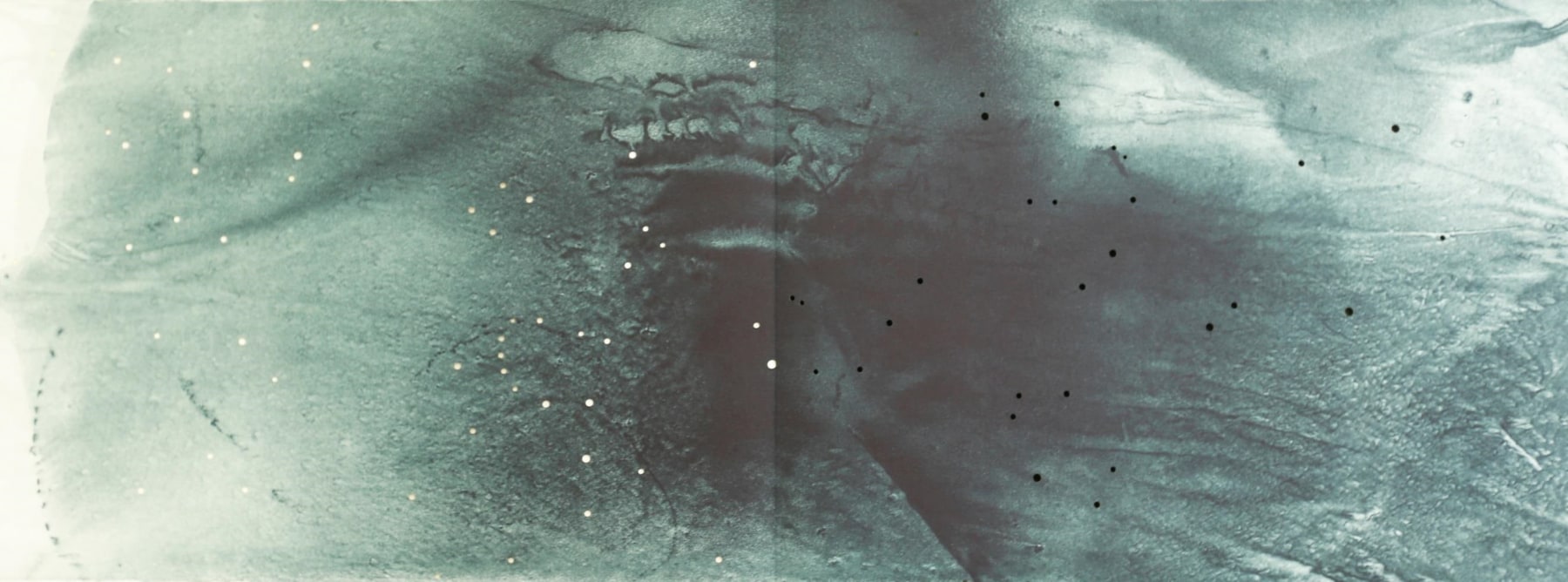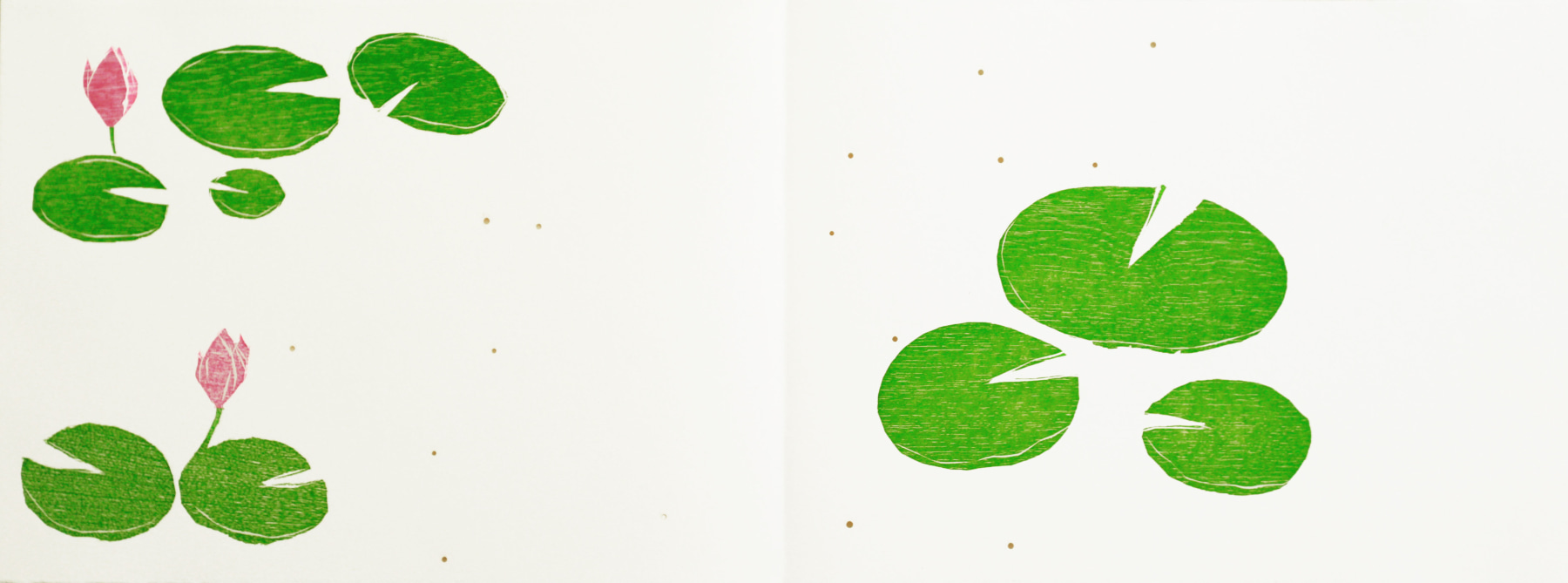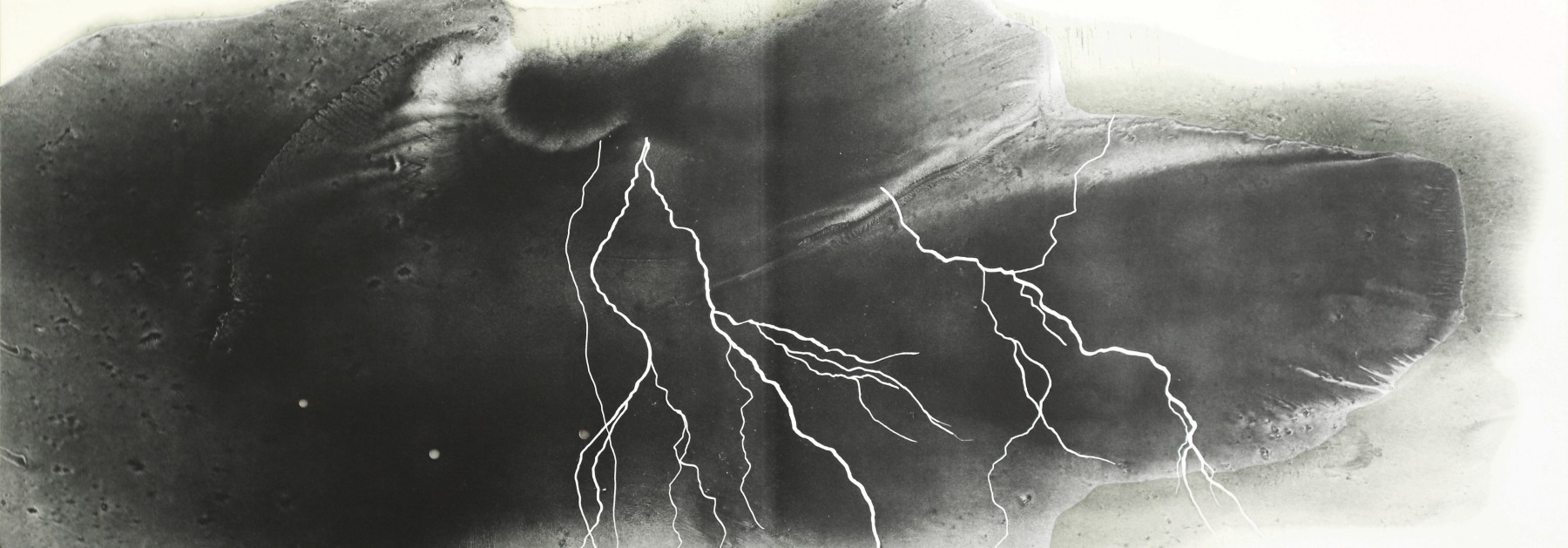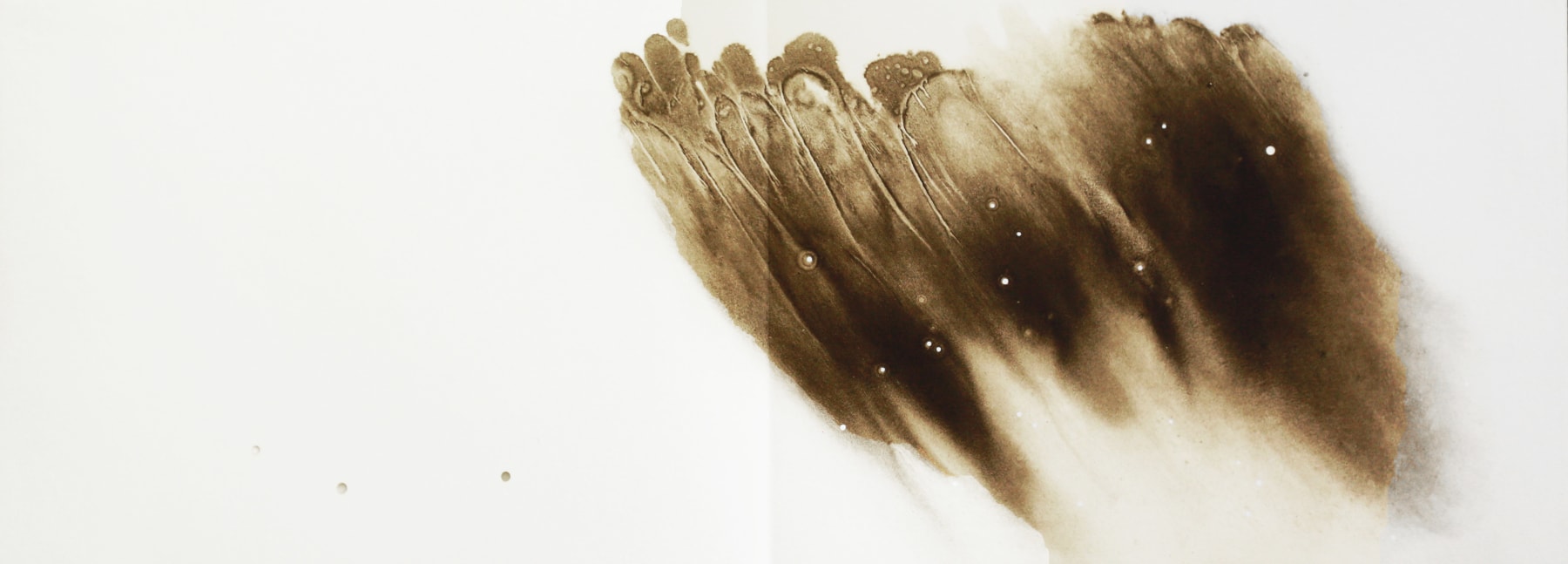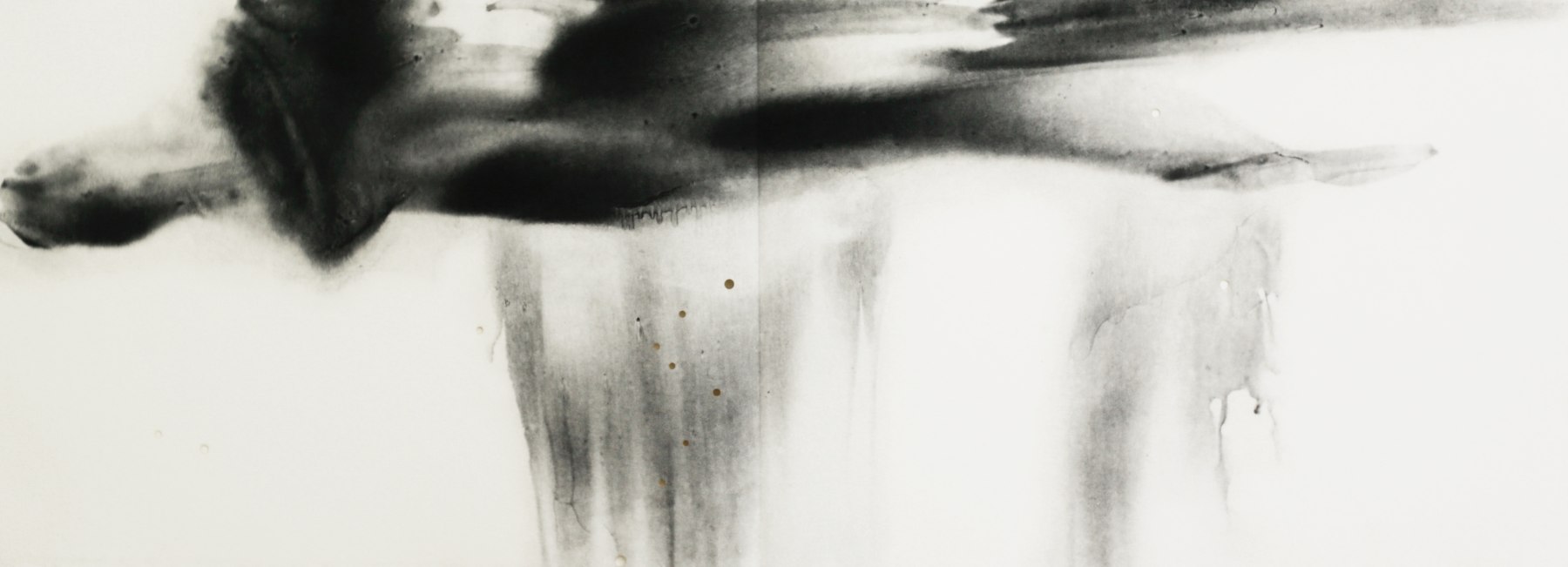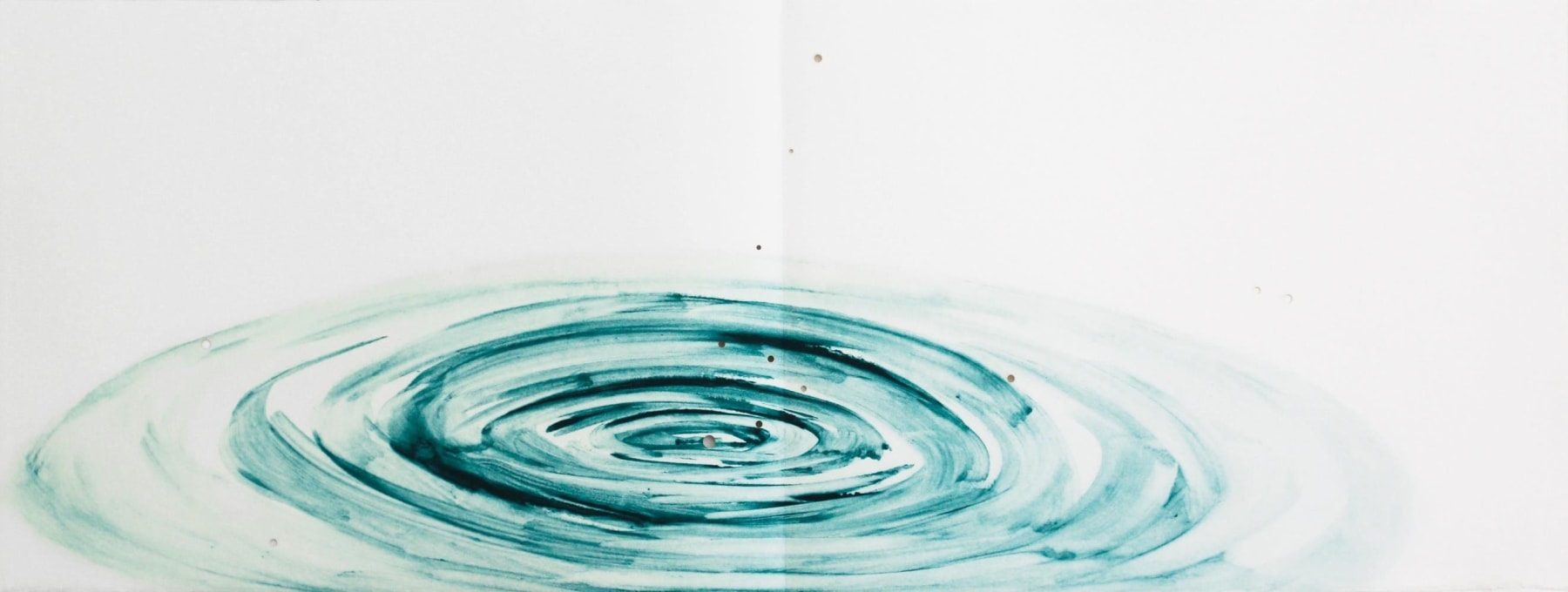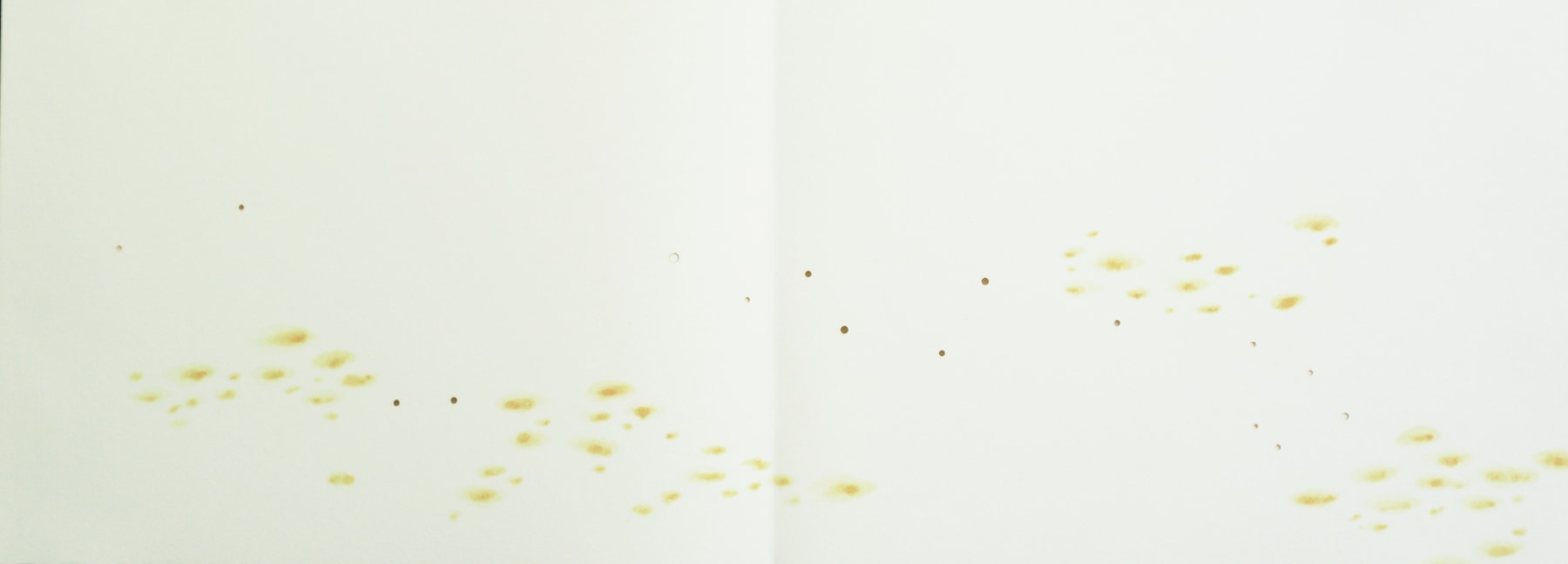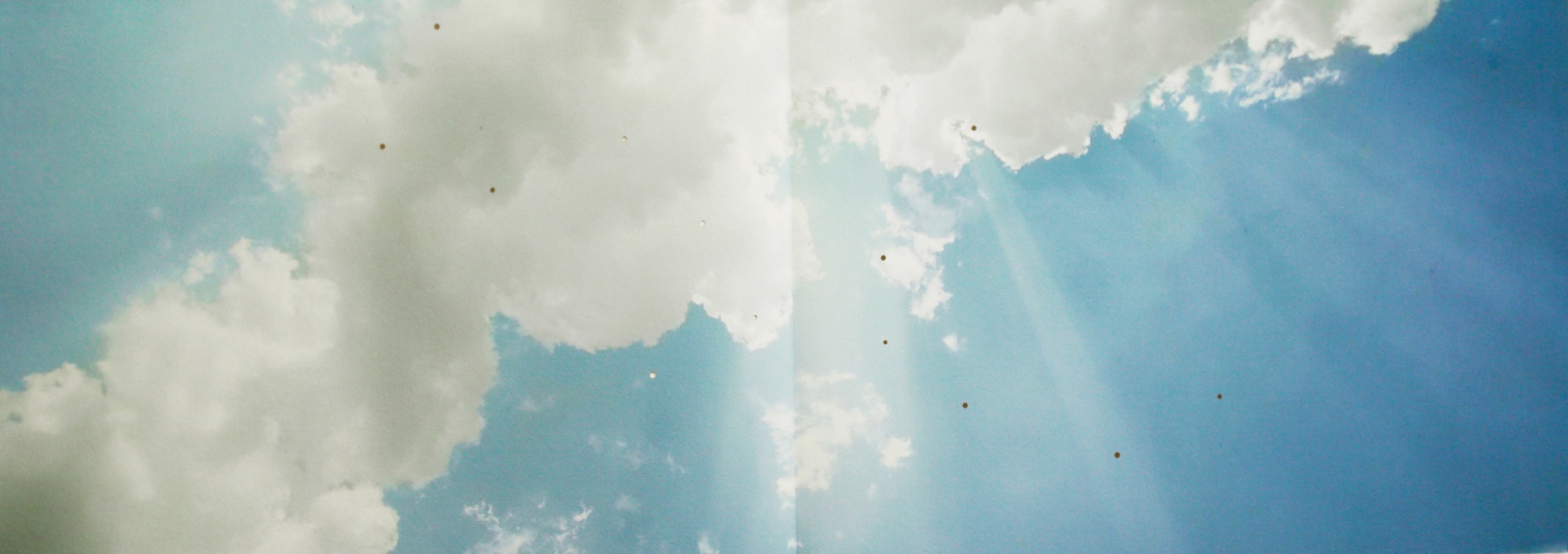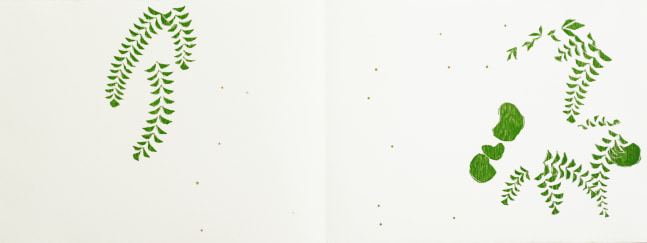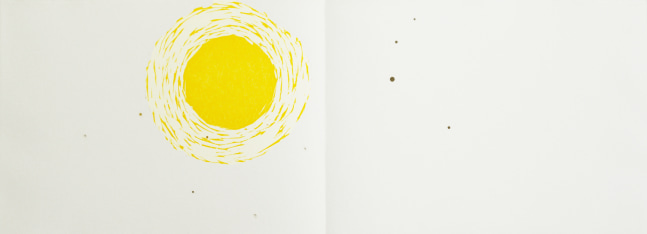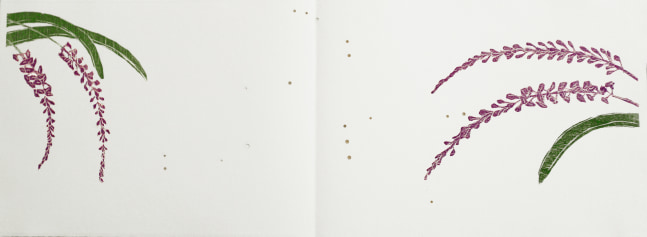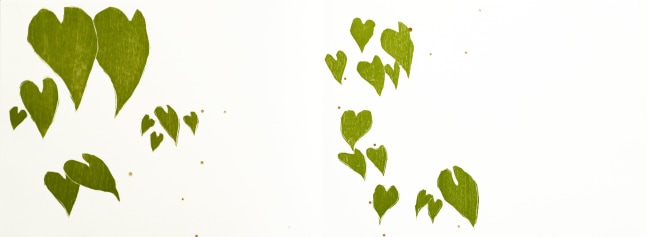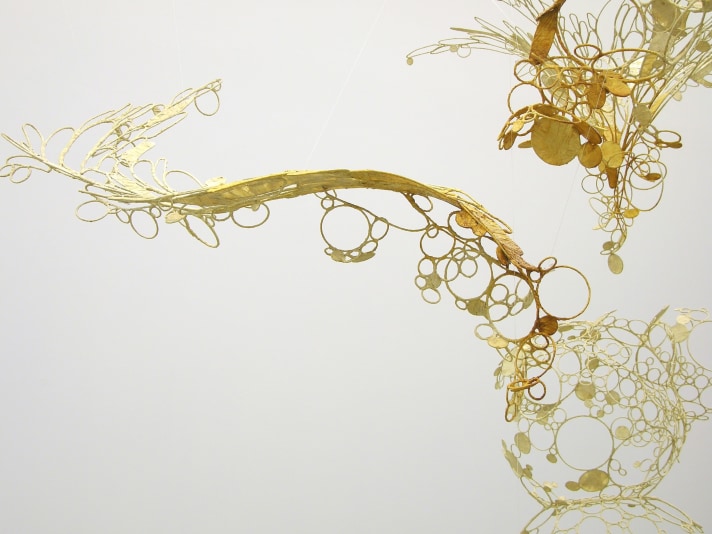

Ranjani Shettar
VARSHA, 2012
Zinc-alloy inlaid with silver, etching, woodcut, silkscreen, laser cut and pigment printing
11″ x 30″ (each of 16) | 11″ x 15″ x 3″ Closed book | 40 feet long extended
The Library Council
The Museum of Modern Art (MoMA)
Now come the days of changing beauty,
of summer’s parting as the monsoon comes,
when the eastern gales come driving in,
perfumed with blossoming arjuna and sal trees,
tossing the clouds as smooth and dark as sapphires:
days that are sweet with the smell of rain-soaked earth.
—Bhavabhūti, eighth century
Translated from the Sanskrit by Daniel H. H. Ingalls
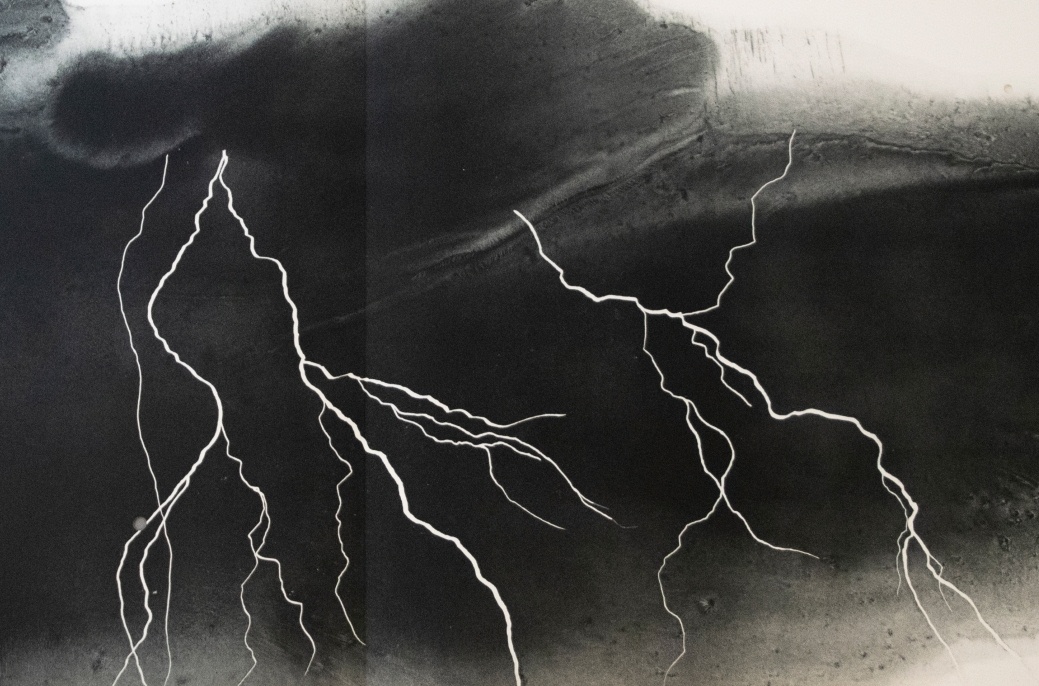
Ranjani Shettar, Varsha, 2012 (Detail)
Ranjani Shettar’s Varsha, an artist’s book published by the Library Council of The Museum of Modern Art in late 2012, evokes aspects of 16 phases of the monsoon and the classical Indian astronomy used to predict them. The accordion-folding volume, bound in hand-worked metal, includes 16 original prints, each corresponding to a specific period of the rainy season. The artist’s drawn, painted, and photographic representations of changing skies, new vegetation, and other effects of monsoon rains are rendered in etching, silkscreen, hand-carved woodcut, pigment printing, and laser cut. The varied images (prepared on teakwood blocks, etching plates, and paper) in the artist’s studio in a rural part of the state of Karnataka, in Southern India, show a range of intensities of shadow and light, color, and texture to express the passage of diverse elemental experiences—a sky filled with darkening, premonitory clouds; a splash of gentle rain on a window; hoofprints on the ground.
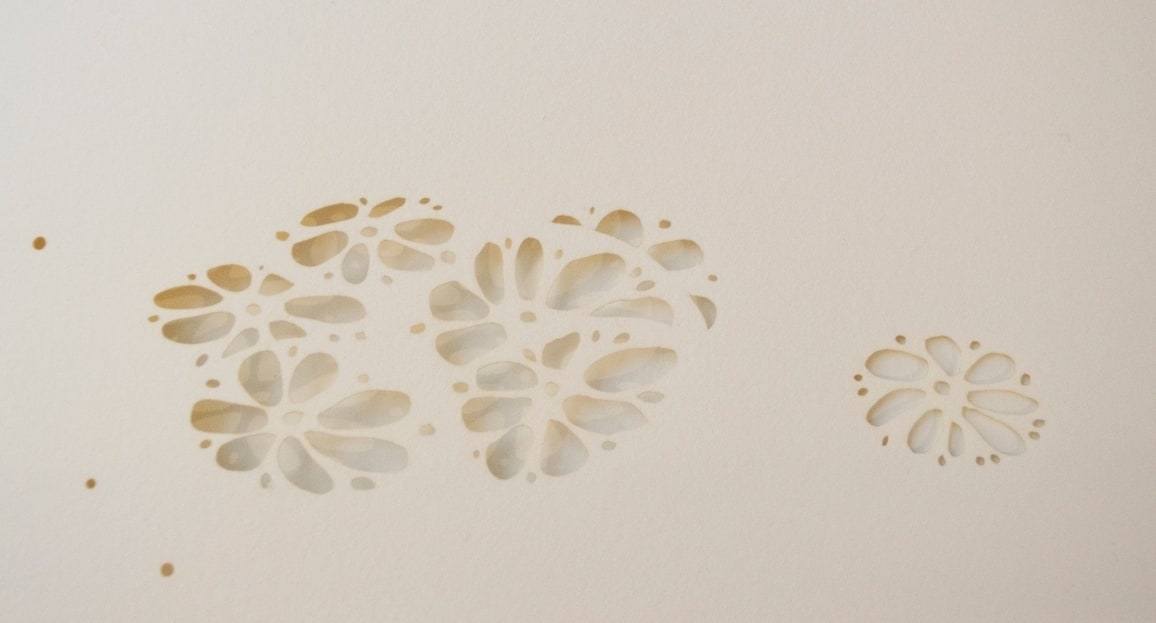
Ranjani Shettar, Varsha, 2012 (Detail)
Cutout patterns of small spheres on each print represent the constellations present in the sky during the six- to seven-month period when first the expectation and then the effects of the rains dominate the rhythms of life in India. (The official monsoon period is from June through September.) In her treatment of these star clusters Shettar alludes to the nakshat ras, the ancient Indian star charts established some 5,000 years ago and still widely used in rural agriculture, almanacs, and calendars to determine the schedules of planting, harvesting, and religious events across the subcontinent.
The 16 prints in the book are named after 16 nakshatras (from a total of 28 in a calendar year), each with its own astrological, mythopoetic, and religious significance:
1. Ashwini. Solar etching and laser cut;
2. Bharani. Solar etching, silkscreen, and laser cut;
3. Krittika. Solar etching and laser cut;
4. Rohini. Solar etching and laser cut;
5. Mrigashira. Woodcut and laser cut;
6. Ardra. Laser cut;
7. Punarvasu. Laser cut;
8. Pushya. Woodcut and laser cut;
9. Ashlesha. Spit-bite etching and laser cut;
10. Makha. Woodcut and laser cut;
11. Purva Phalguni. Woodcut and laser cut;
12. Uttara Phalguni. Woodcut and laser cut;
13. Hasta. Woodcut and laser cut;
14. Chitta. Pigment print and laser cut;
15. Swathi. Woodcut and laser cut;
16. Vishaka. Solar etching and laser cut.
... then as one listens, scarcely daring to believe, the ominous rumbling of thunder coming closer, then the rustle of what is at first a breeze and soon a storm. The clouds have won the battle with the sun, the summer! The monsoon has arrived!
-Anita Desai

Ranjani Shettar, Varsha, 2012 (Detail)
"There is only one way in which to know India, truly know India. One must live through an entire summer – the long, slow build-up of heat and sun, from its beginnings in the false promise of an Indian spring – the exuberance of vivid flowers bursting out of what had appeared deadwood, the deafening cacophony of bird song, the striding parrots and koels at their most full-throated – followed by the sudden blasting and withering of such impudence till all signs of life disappear into the earth and nothing is left but the blackened remains and the ghosts of white dust blowing in the fierce fire of the summer sun. One must know what it is to somehow survive and drag oneself though what remains of life by seeking out a spot of shade here, a drop of water there, till exhaustion makes one surrender to it, lie down flat upon the earth and let the sun hammer its blows down upon you.
All this so that one day you stir tiredly and see – the sun is gone, its strident light faded, and darkness has crept up, not night but a bank of clouds rising out of the Indian Ocean, at first silently, stealthily, then as one listens, scarcely daring to believe the ominous rumbling of thunder coming closer, then the rustle of what is at first a breeze and soon a storm. The clouds have won the battle with the sun, the summer! The monsoon has arrived!
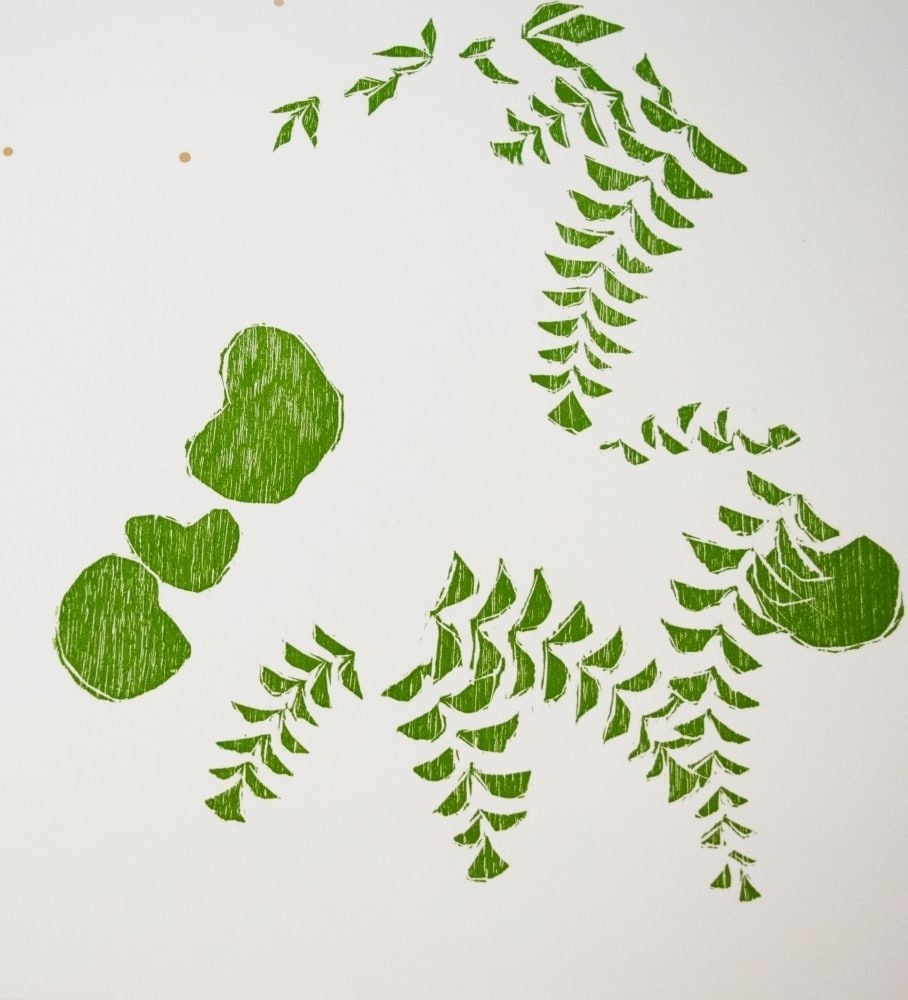
Ranjani Shettar, Varsha, 2012 (Detail)
That sweet submission – running outdoors to meet it, standing with one’s face turned up to the clouds, letting the rain wash away the dust, the fever, the fatigue, so that one melts with relief, with a relaxation of mind and body that one had almost forgotten once existed.
New-born, one settles into, makes oneself comfortable with that relaxation, and watches the trees and plants emerge miraculously renewed, the lakes and ponds and rivers fill and overflow and provide the play of light and reflection and motions, to be followed by the swarm of new life that the monsoon brings – the insects that emerge from the cracks and hollows and wing mightily into the air, the fish that leap up in their effort to follower, and the plant life that almost overnight uncoils from its deathlike sleep to stand up and applaud the conqueror.
And now there is so much new life, the eye and ear hardly know how to take it all in, one can only discern a detail at a time – the blade of a rice plant emerging to stand erect in a flooded paddy field, the comical frog orchestra tuning up in bacchanalian celebration, the fireflies darting out of the deep, damp night, stars descending from the sky to swarm the dark world. Poets have sung of it, artists have painted it, all in worship of this season or renewal, or new birth – the epiphany of the Indian year."
- Anita Desai, 2012

